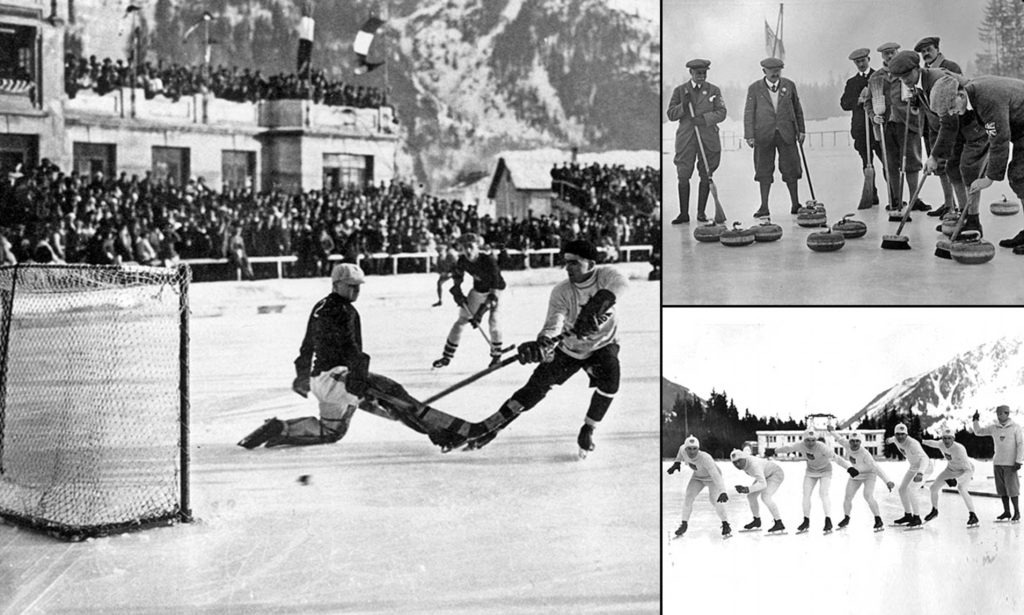
First Winter Olympics - 1924
In the early years of the Olympic games, there were only Summer Games held, with the occasional winter sport thrown in for good measure.
The first winter sport to be in competition at an Olympic Games was ice skating in 1908, but subsequent plans to get a Winter Olympic Games off the ground came to nothing – partly because of the competing attractions of the quadrennial “Nordic Games,” and partly because of the outbreak of the First World War.
In Antwerp in 1920, skating and ice hockey were part of the bill, and so it was decided that the organizers of the 1924 Olympic games, Paris, would host a “Winter sports week.” This week – actually 11 days of competition – took place in Chamonix in the Alps and proved to be a great success. The first Winter Olympics were born.
Where was it held?
The first Winter Olympics were held in Chamonix in the French Alps, at the foot of Mont Blanc. It was, as now, renowned as a haven for winter sports, famous for its skiing and mountaineering. Nowadays, it also plays host to mountain biking and snowboarding, though in 1924 these sports were still a long way in the future. The 1924 Winter Olympics were only designated as such in retrospect, though. They were formally part of the Paris Summer Olympics, and the opening and closing ceremonies were held in the Stade Olympique de Chamonix, which is an equestrian stadium with a capacity of some 45,000.
Who was involved, and in what events?
In common with many of the early Olympic games, the first Winter Olympics featured a relatively modest participation by the standards of today’s global televised events. In all, there were 16 participating nations, mostly northern European nations with the inclusion of mountainous Balkan nations such as Hungary and Yugoslavia, but also Canada and the USA. The events presented at the first Winter Olympics form the core of the Winter Olympics schedule even today – Nordic Skiing, bobsled, figure and speed skating, and ice hockey. Curling took place as well (though it was many years before medals were retrospectively awarded to the winners), and the first Winter Olympics also featured the “military patrol,” which derived from a military exercise for Norwegian soldiers, and is now known as biathlon, an integral part of the modern Winter Olympics.
First Medalists
The first medallist at the Winter Olympics was US speed skater Charlie Jewtraw, who won the 500m speed skating medal at Chamonix in 1924. A few days later, skater Gilles Grafström made a curious piece of history by being the first and last individual to defend his Summer Olympic medal from 1920 at a Winter Olympics. The early years of the Winter Olympics were dominated by nations such as Norway and the USA. No one was more famous than Sonja Henie, who won gold medals in three consecutive Winter Olympics in 1924, 1928, and 1932, and was one of the biggest stars of the time – even becoming a successful Hollywood actress. By 1936, the Winter Olympic games were attracting entrants from 28 nations, including such unlikely places as Spain, Turkey, and Australia. The planned 1940 Winter Olympics in Japan were cancelled due to the outbreak of the Second World War.

